May 28, 2025 | 19:33 GMT +7
May 28, 2025 | 19:33 GMT +7
Hotline: 0913.378.918
May 28, 2025 | 19:33 GMT +7
Hotline: 0913.378.918
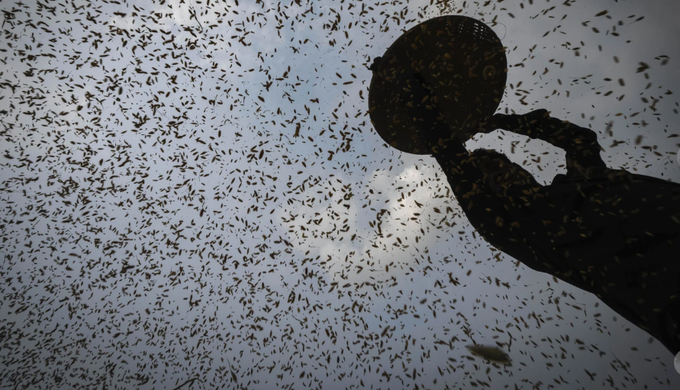
A farmer harvests rice crop in a paddy field on the ouskirts of Guwahati, India June, 6, 2023.
The FAO Food Price Index, which tracks monthly changes in the international prices of commonly traded food commodities, was 13.7% lower last year than the 2022 average, but its measures of sugar and rice prices growing in that time.
Last month, the index dropped some 10% compared with December 2022. The drop in food commodity prices in 2023 comes despite a difficult year for food security around the world.
Climate effects like dry weather, flooding and the naturally occurring El Nino phenomenon, combined with fallout from conflicts like the war in Ukraine, bans on food trade that have added to food inflation and weaker currencies have hurt developing nations especially.
While food commodities like grain have fallen from painful surges in 2022, the relief often hasn’t made it to the real world of shopkeepers, street vendors and families trying to make ends meet.
More than 333 million people faced acute levels of food insecurity in 2023, according to another U.N. agency, the World Food Program.
Rice and sugar in particular were problematic last year because of climate effects in growing regions of Asia, and prices have risen in response, especially in African nations.
With the exception of rice, the FAO’s grain index last year was 15.4% below the 2022 average, ”reflecting well supplied global markets.” That’s despite Russia pulling out of a wartime deal that allowed grain to flow from Ukraine to countries in Africa, the Middle East and Asia.
Countries buying wheat have found supply elsewhere, notably from Russia, with prices lower than they were before the war began, analysts say.
The FAO’s rice index was up 21% last year because of India’s export restrictions on some types of rice and concerns about the impact of El Niño on rice production. That has meant higher prices for low-income families, including places like Senegal and Kenya.
Similarly, the agency’s sugar index last year hit its highest level since 2011, expanding 26.7% from 2022 because of concerns about low supplies. That followed unusually dry weather damaging harvests in India and Thailand, the world’s second- and third-largest exporters.
The sugar index improved in the last month of 2023, however, hitting a nine-month low because of strong supply from Brazil, the biggest sugar exporter, and India lowering its use for ethanol production.
Meanwhile, meat, dairy and vegetable oil prices dropped from 2022, with vegetable oil — a major export from the Black Sea region that saw big spikes after Russia invaded Ukraine — hitting a three-year low as global supplies improved, FAO said.
(AP)
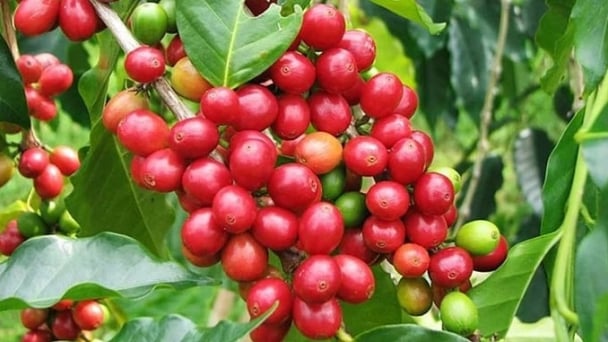
(VAN) Coffee prices on May 28, 2025, show mixed movements. Domestically, prices dropped sharply by VND 1,600, trading at VND 121,700 – VND 122,200/kg.
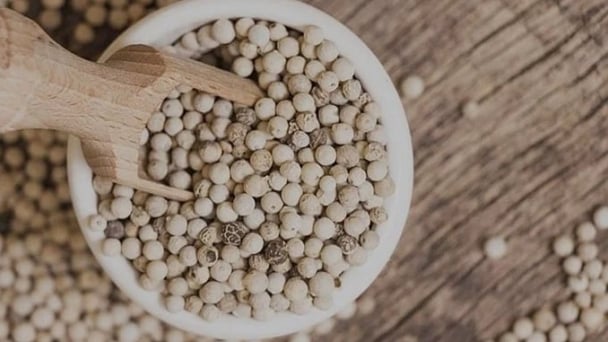
(VAN) Pepper prices on May 28, 2025, remained unchanged globally. Domestic pepper prices have increased by VND 1,500, trading at VND 147,000 – VND 148,000/kg.
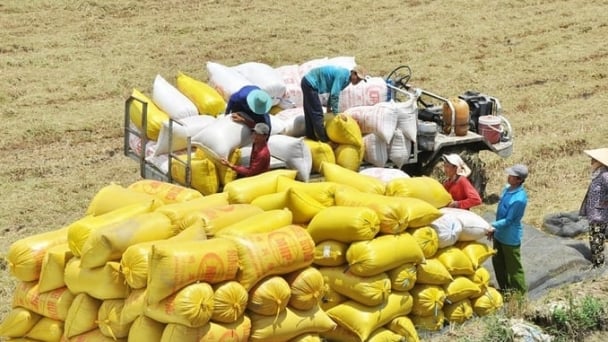
(VAN) Rice prices on May 27, 2025, show no new changes for both paddy and milled rice. Meanwhile, Vietnam’s export rice prices continue to remain flat.
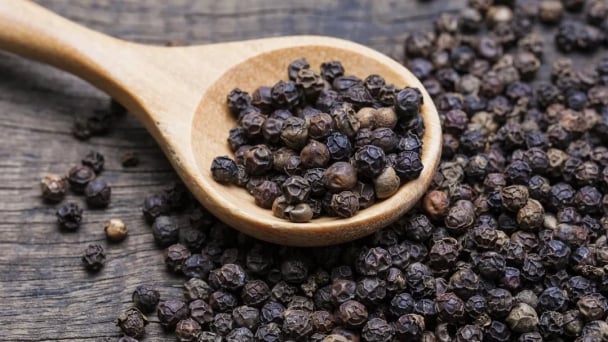
(VAN) Pepper prices on May 27, 2025, recorded a slight increase in Indonesia, while domestic prices remain stable, trading at VND 146,000 to VND 147,000/kg.

(VAN) Rubber prices on May 27, 2025, are fluctuating sharply today. Domestic latex prices continue to trade around the range of VND 397 to VND 462/TSC.
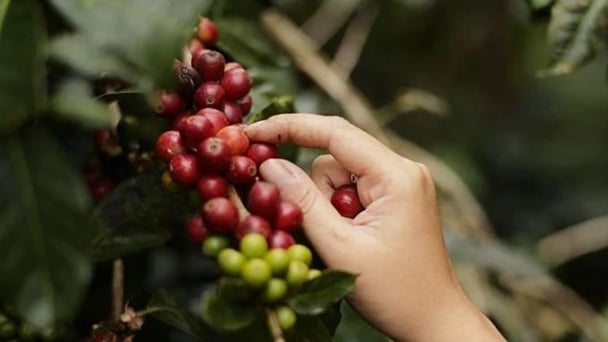
(VAN) Coffee prices on May 27, 2025, continue to remain flat. Domestic coffee market is still trading around the range of VND 122,000 to VND 122,500/kg.
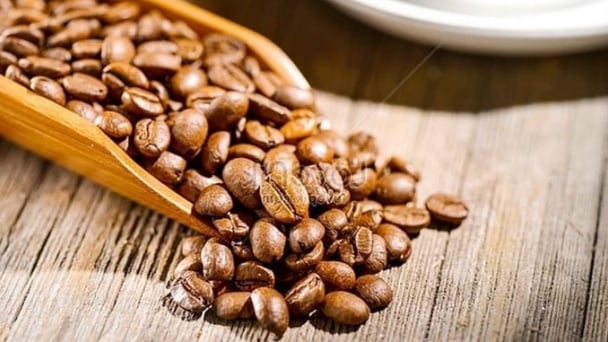
(VAN) Coffee prices on May 26, 2025, remain unchanged. Currently, the domestic coffee market is trading around VND 122,000 to VND 122,500/kg.